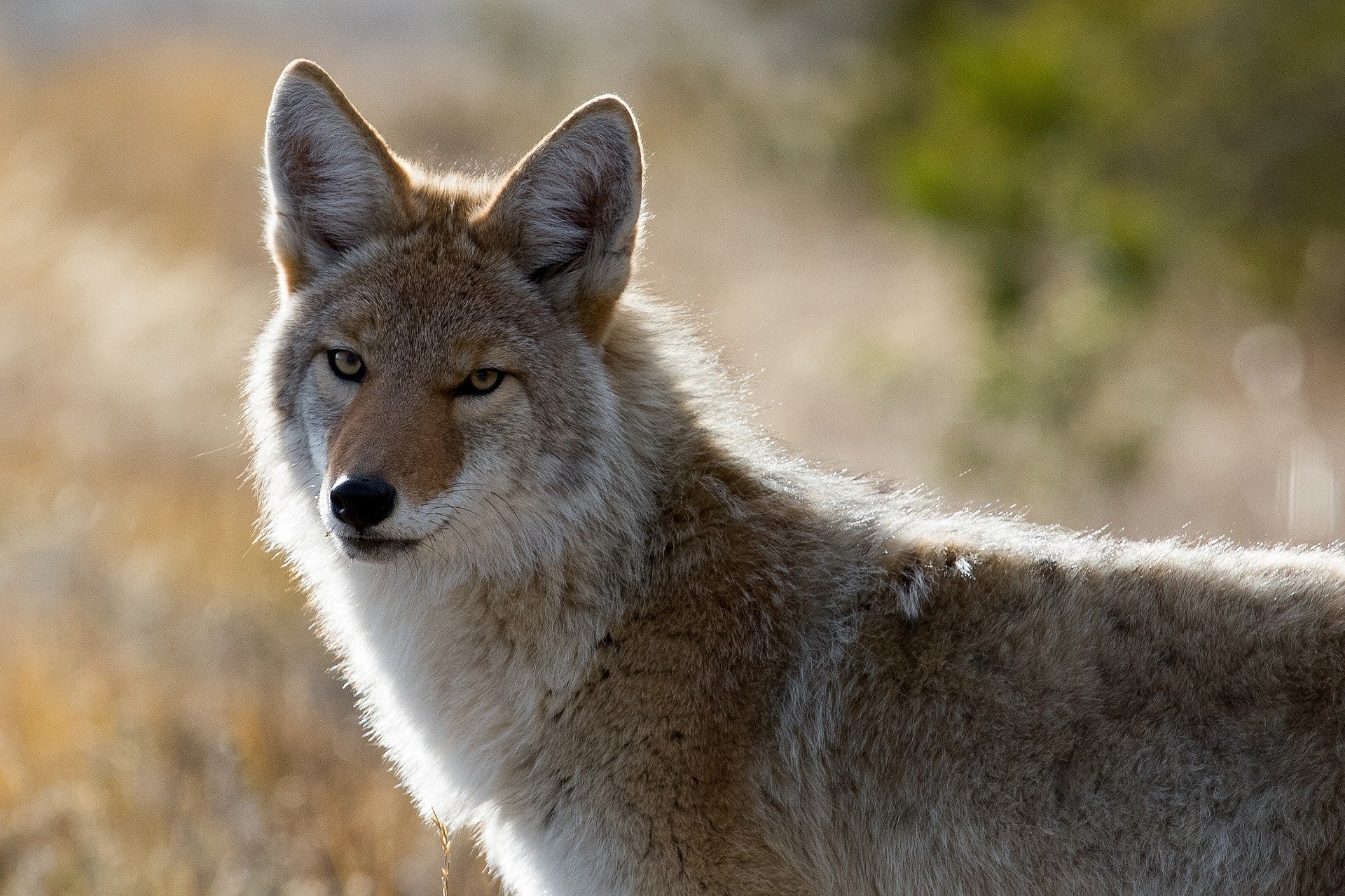Protect Cats From Coyotes, Study Declares
Posted by Jennifer Smith on 24th Mar 2020
Coyotes thrive in urban environments—in fact, these crafty canids can now be found in nearly every city in the United States. Now, as Gizmodo’s George Dvorsky reports, a new study offers insight into one way that coyotes have been able to adapt to city-living: They eat a whole lot of human-related food, including garbage, fruit and domestic cats.
The study, published in PLOS One, focused on coyotes in the Los Angeles area. Led by Rachel Larson, who at the time was a biology graduate student at California State University Northridge, researchers studied the animals using two different methods. The first was poop. Aided by around 150 citizen scientists, the team collected and dissected the feces—or “scat”—of coyotes across Los Angeles, Westlake Village and Thousand Oaks, scooping poop from both urban and suburban areas. They were searching for tangible signs of anything the coyotes may have been eating, like fur, feathers, bones and seeds.

But because scat can only tell so much about an animal’s diet—it doesn’t preserve foods that are highly digestible, like burgers or bread—the team also conducted stable isotope analyses of whiskers that had been collected either from roadkill or from coyotes captured by the National Park Service for other research projects. In particular, the researchers were looking for the isotope carbon-13, which indicates the presence of corn, which is “very distinctive from plants naturally found in Southern California,” Larson explains.
“Corn is the base of the American diet,” she adds. “People eat corn. Corn syrup is used in many processed foods, including bread. Corn is fed to livestock and poultry, which humans, in turn, eat. If the coyote whiskers had high levels of carbon-13 … it could only have come from coyotes eating lots of human food.”
The researchers expected to see some evidence that coyotes were dining on human-linked foods, because, as study co-author and CSUN biology professor Tim Karels puts it, coyotes “will eat practically anything that fits in their mouths.” So it wasn’t entirely surprising that human trash—like fast food wrappers—appeared in 22 percent of urban coyote feces. (Only six percent of suburban coyote poop contain signs of trash consumption.) But the scientists were surprised, Larson says, to discover just how much of coyotes’ diet was coming from a corn-based food chain. Analyses of whisker tissues indicated that in both urban and suburban areas, a hefty 38 percent of coyotes’ diet could be coming from human leftovers.
Coyotes seemed to be relying on other sources of human food, like “ornamental fruits”—ficus, loquat, grapes and palm tree fruit—which were found in 26 percent of urban scat and 24 percent of suburban scat. Cats appeared to be another favorite snack for city-dwelling coyotes; 20 percent of urban poop samples contained traces of unfortunate felines. Most of these cats, the researchers suggest, were feral—but not all of them.
Urban coyotes did show signs of feasting on “natural” food items, like rabbits, squirrels, gophers, and native fruits and seeds, but they ate more human food sources than their suburban counterparts. The feeding habits of coyotes in the ‘burbs showed more seasonal patterns; they seem to eat natural prey in colder weather and shift to ripe ornamental fruits in the summer months.
“What this study shows us is that coyotes in Los Angeles’ urban areas are taking advantage of food sources that we don’t secure,” says co-author Justin Brown, a National Parks Service ecologist. Properly storing garbage and removing fallen fruits from yards can help keep coyotes away from Los Angeles residents, the researchers say, thereby reducing potential conflicts with humans. The animals tend to keep a low profile, but they have been known to attack people.
“There is a reason why coyotes are in urban Los Angeles, and that’s because that’s where the food is,” Larson says. “Coyotes are amazingly intelligent animals, and they are quick learners. If they know they can find food somewhere, they are going to stay there.”
Coyotes are also mobile; if food sources in urban areas were to dry up, they would simply move on, the researchers say. And it would be prudent to keep pet cats indoors—not only to stop them from wreaking havoc on the environment, but also to keep them safe.
Story re-posted from the Smithsonian Magazine. Written by Brigit Katz
